In this article, you will learn the working principle of UPS with block diagrams. The most common types are offline and online UPS systems.
UPS stands for the uninterrupted power source. As the name implies, it is used to provide a continuous power supply to the load using an automatic switching method; to prevent the device and equipment from damage or preventing the plant from going into a shutdown mode.
There are many devices that require a safe shutdown for proper operation; otherwise, sudden power loss can damage the equipment.
A simple example can be considered a computer. Not properly shutting it down due to abrupt power off can corrupt its operating system or cause some other damage.
A UPS in this case will provide power for some time; so that the device shuts off properly. Though the time is short; it will provide a safe shut down for a device.
A UPS takes AC supply, stores it in batteries and these batteries then feed the power back to the load device in case of mains power failure. This is the basic working of UPS.
Every UPS has a semiconductor static switch, which is used to switch power between the main AC supply and batteries to the load. Failure of this switch can cause the UPS to be worthless because it will damage the working of UPS.
The basic components of UPS are – a rectifier (conversion of AC to DC for feeding batteries), inverter (conversion of DC to AC for feeding load), battery (for providing DC power to the inverter), and a semiconductor switch for switching load transfer between mains AC supply and inverter supply.
Let us understand some types of UPS and their working:
Offline UPS Working Principle
The Offline UPS is the simplest one of all types. As you can see, the load is normally supplied power from mains AC supply.
The AC supply is also used to charge the battery bank. The battery is used to feed DC power to the inverter; for converting it to AC supply.
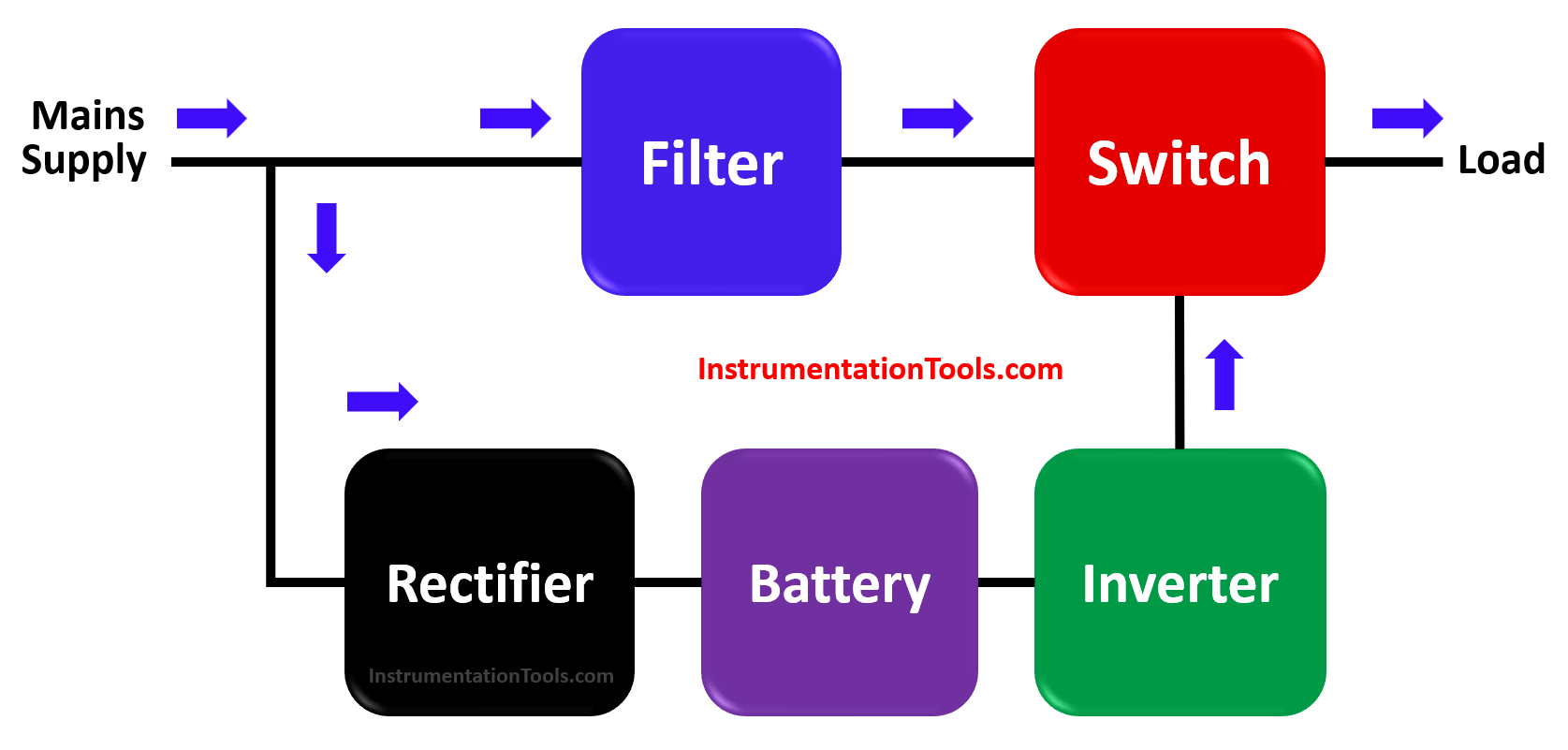
When the mains supply fails, the switch will automatically cut off power from it and supply power to the load from the inverter circuit.
The switching time is usually around 25 milliseconds. This type of inverter is the least expensive one; because the main issue is the large switching time.
The offline UPS is also called standby UPS.
Online UPS Working Principle
The online UPS is a complex type of UPS. As you can see, the load is normally supplied power from the inverter.
The AC supply is used to charge the battery bank through a rectifier, as well as supply DC power to the inverter.
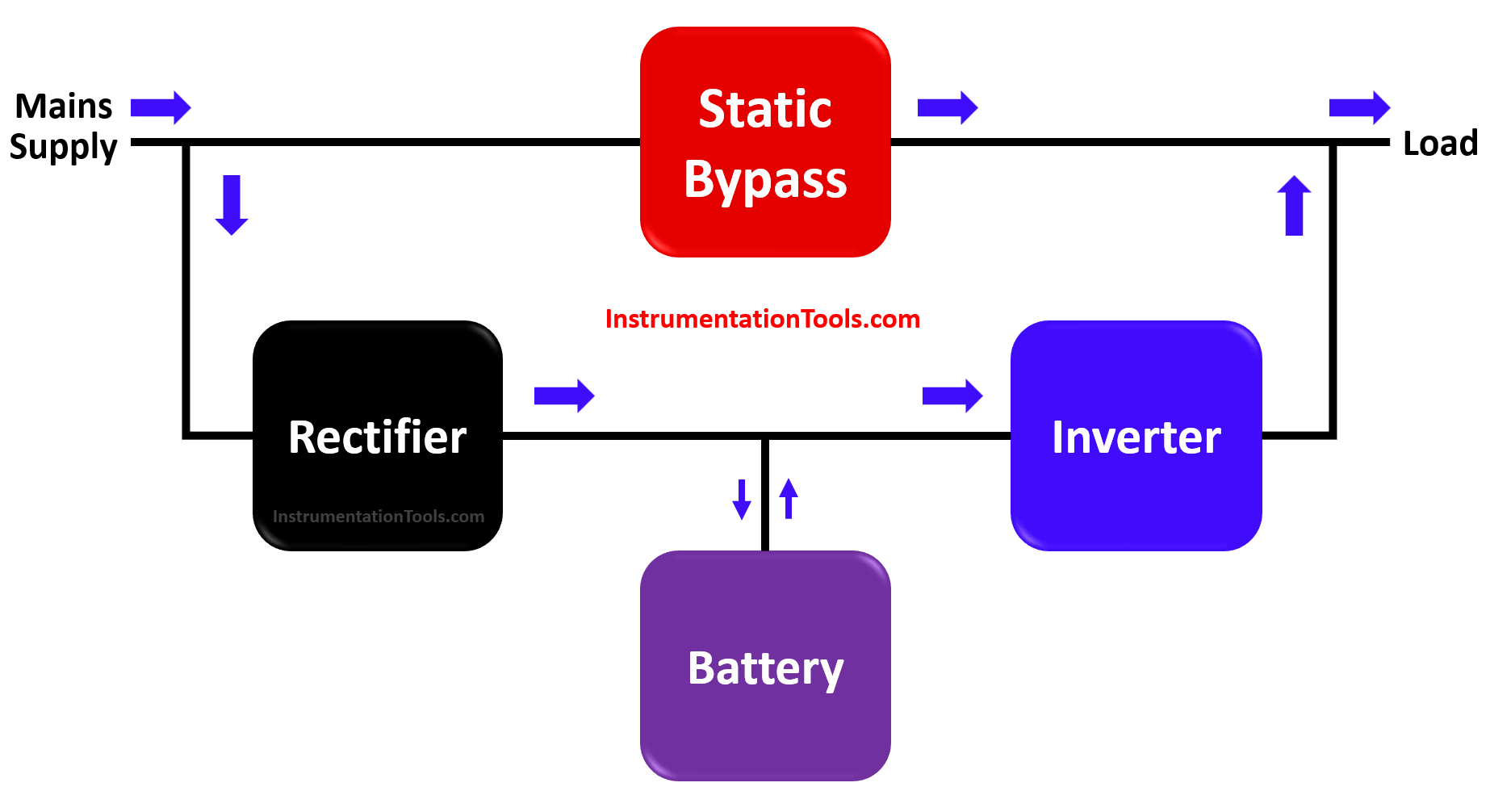
When the main supply fails, the battery will automatically supply power to the inverter. The rectifier will be bypassed in this case.
One more added feature is the addition of a static bypass switch. When the UPS fails (means failure of the inverter, battery, or rectifier), this switch is turned on which supplies direct AC power to the load as shown in the above figure.
The switching time is usually very low (around 4-5 milliseconds; between inverter circuit and static bypass switch). Apart from this, the online UPS is very fast in operation; because the battery immediately supplies power to the inverter in case of mains AC failure.
The output type of UPS is a pure sinusoidal waveform and is a perfect replacement for the mains AC supply in case of power failure. It will provide temporary power to the load for a time based on battery backup or resumption of AC power.
In this way, we understood the working of UPS.
If you liked this article, then please subscribe to our YouTube Channel for Instrumentation, Electrical, PLC, and SCADA video tutorials.
You can also follow us on Facebook and Twitter to receive daily updates.
Read Next:
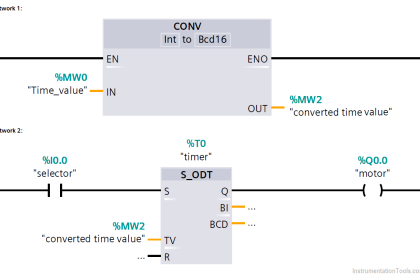
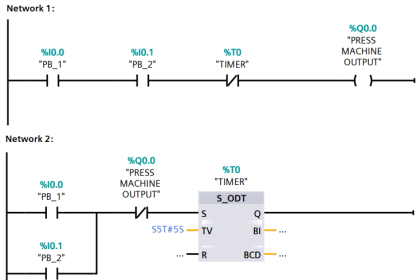
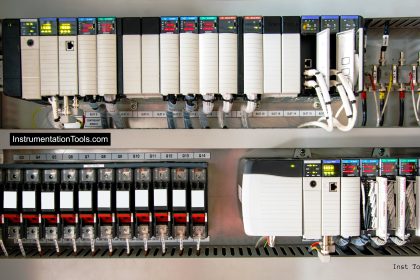
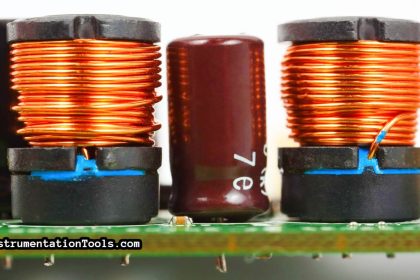
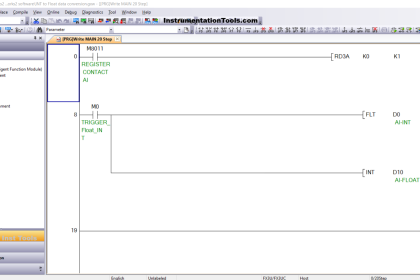

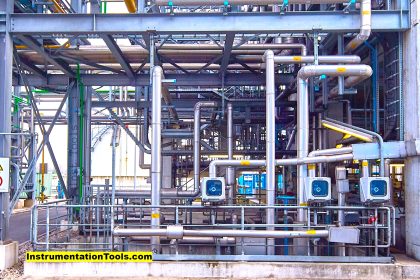
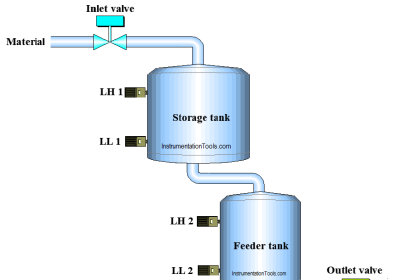
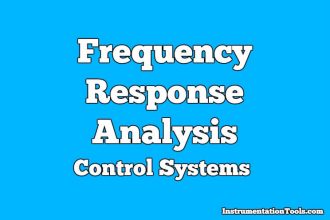
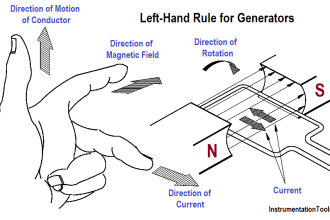

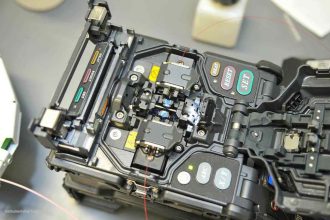





please send me materials/books/ppt/pdf